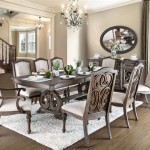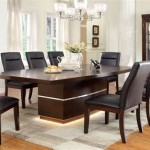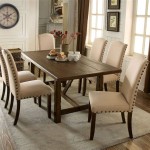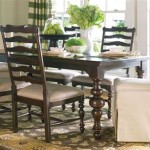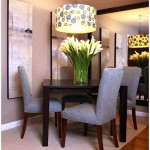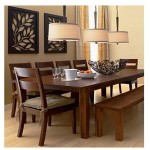Dining Room Living Room Divider: Creating Separate Zones in Your Open Plan Home
Open-plan living has become increasingly popular in modern homes, creating a sense of spaciousness and flow. However, this design choice can also present challenges in defining distinct areas for different functions. A dining room living room divider can be the perfect solution to address this, providing a clear separation between these two key areas of your home. This article explores various types of dividers and their benefits, helping you choose the best option for your specific needs and aesthetics.
Types of Dining Room Living Room Dividers
The world of dining room living room dividers offers an array of materials and styles to suit any taste and budget. Here are some popular options:
1. Room Dividers
Room dividers are freestanding units, typically made of wood, metal, or fabric, that can be positioned to create a visual barrier between the dining and living room. These dividers offer a variety of styles, from sleek and minimalist to ornate and traditional, allowing you to customize them according to your design preferences.
2. Bookshelves
A bookshelf can serve as both a functional storage solution and a stylish divider. It can showcase your favorite books and decorative items while simultaneously delineating the spaces. Choose a bookshelf with open shelves to create a sense of openness or opt for closed cabinets for a more private feel.
3. Curtains
Curtains are a versatile and affordable choice for creating a soft and elegant separation. Depending on your desired level of privacy, you can choose sheer or opaque curtains. They can be hung from a ceiling track or a decorative rod, adding a touch of sophistication to your décor.
4. Screens
Decorative screens, made from materials like wood, bamboo, or fabric, offer a unique and artistic way to divide the dining and living areas. They come in various sizes and designs, allowing you to find a screen that complements your existing furniture and style preferences.
5. Plants
Bringing nature inside can create a natural barrier between the dining and living spaces. Large plants, especially those with foliage that reaches towards the ceiling, can effectively divide the two areas. They also offer the added benefit of improving air quality and enhancing the ambiance of your home.
Benefits of Using a Divider
Beyond the aesthetic advantages, incorporating a dining room living room divider offers practical benefits as well:
1. Defining Separate Zones
The most obvious advantage of a divider is the ability to define distinct zones for dining and living. This creates a sense of order and separation, allowing each area to function independently while maintaining a connected feel throughout the space.
2. Privacy Enhancement
Dividers can provide a degree of privacy, especially if you have an open floor plan. This can be particularly useful when you are hosting guests for dinner or simply want to enjoy a quiet evening in the living room without being disturbed by activity in the dining area.
3. Acoustic Control
Dividers, especially those with thicker materials or fabric, can help to absorb sound, reducing noise levels between the dining and living areas. This can be a valuable benefit for families with young children or individuals who prefer a quieter environment.
4. Architectural Interest
Dividers can add architectural interest to your open-plan living space, breaking up the monotony of a large, open area. They can introduce unique textures, patterns, and colors, enhancing the visual appeal and overall design aesthetic.
Choosing the Right Divider
When selecting a dining room living room divider, consider the following factors:
1. Space and Layout
The size and shape of your open plan space will influence the type and size of divider that is appropriate. A large room may accommodate a freestanding room divider or bookshelf, while a smaller space might be better suited for a more subtle option like curtains or plants.
2. Style and Aesthetics
Your personal style and existing décor will play a significant role in choosing a divider that complements your overall design scheme. Consider the materials, colors, and patterns that best reflect your taste and enhance the ambiance of your home.
3. Functionality
Think about how you intend to use the divider. Do you need it to provide privacy, enhance acoustics, or simply define separate zones? The desired functionality will guide your choice of materials and design elements.
4. Budget
Dividers come in a wide range of prices, from affordable curtains to more expensive custom-built room dividers. Set a budget before you start shopping to ensure you stay within your financial limits.
By carefully considering these factors, you can choose a dining room living room divider that effectively separates the two areas while enhancing the functionality and aesthetics of your open-plan home.

12 Hall Dining Partition Ideas That Will Amaze You
How To Separate A Combined Living Room And Dining Quora

Creative Ways To Separate Rooms Without Walls Engineering Discoveries

25 Stunning Partition Designs Between Living And Dining Areas

25 Ideas For Partition Design Between Living Dining Room Without Structural Changes

Top 12 Unique Partition Design Ideas For Modern Living Rooms

15 Stylish Partition Designs For Living Dining Spaces

How To Partition Between Living Dining Interior Design Ideas

Partition Design Ideas For Living Dining Area Dlife Interiors

25 Stunning Partition Designs Between Living And Dining Areas


